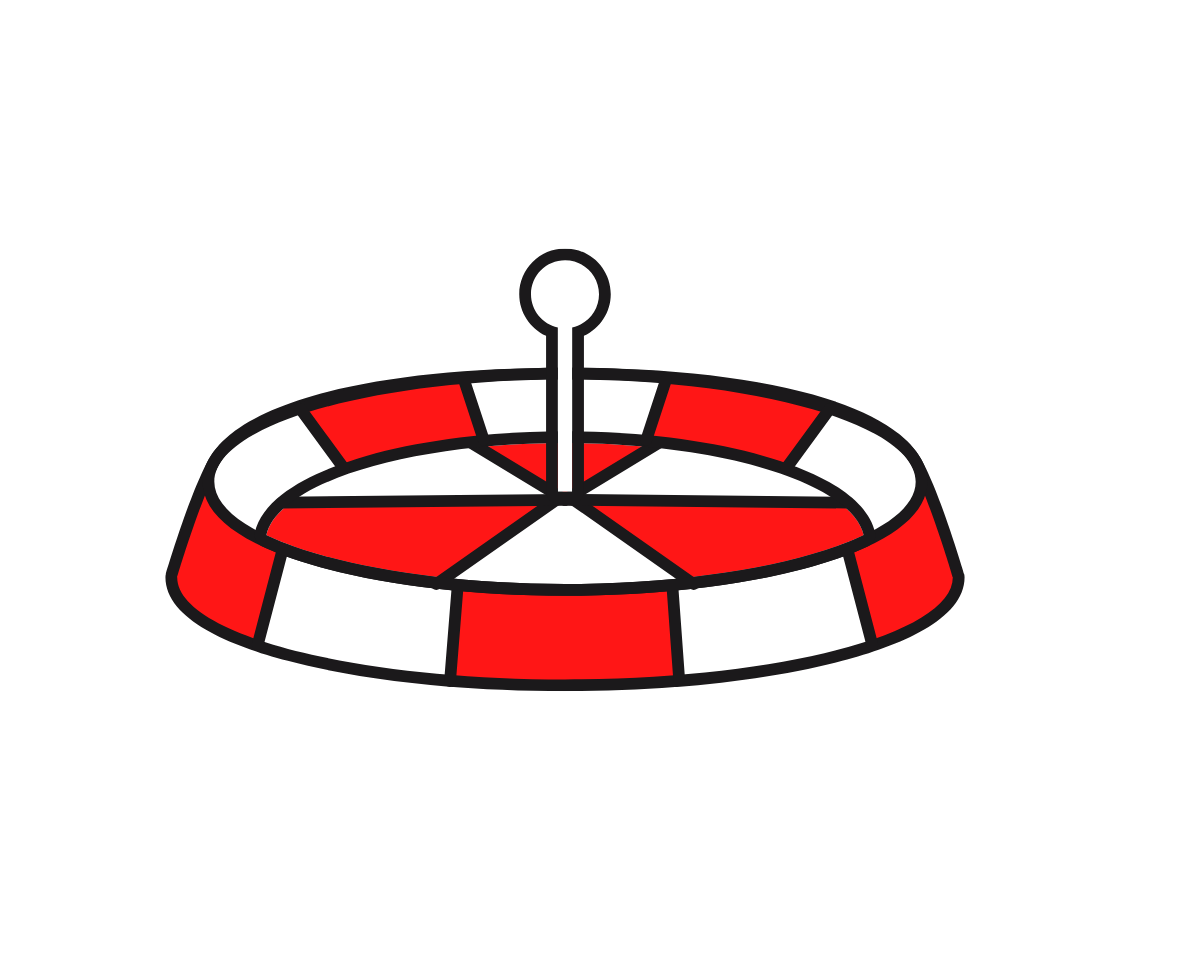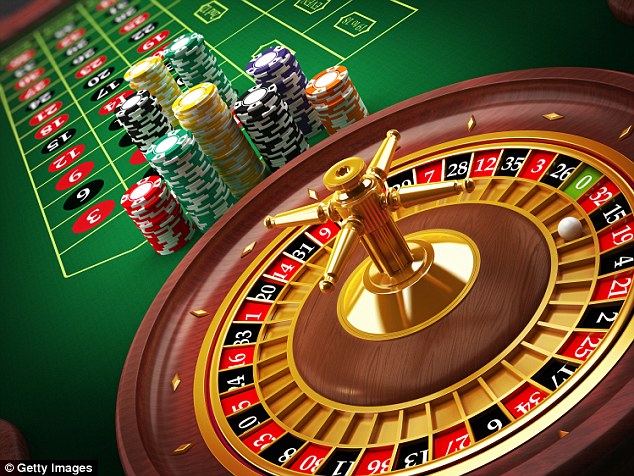Roulette odds for beginners
Roulette is really all about how many numbers you don’t cover!
While we get into this, lets limit the wheel to 36 numbers only (1-36), we can get back to the zeros later.
With one chip your bet can cover 1,2,3,4,6,12 or 18 numbers. When you cover less than 18 numbers, the numbers will be adjacent to each other on the table layout (not on the wheel). 18 number bets can be adjacent (1-18), of the same colour (Red or Black), or odd/even.
The easiest way to get a handle on roulette odds is think that you are paid for the amount of numbers not covered! Sounds crazy, but that’s how it works.
If you place one chip on one number, your will be paid for the 35 numbers that you didn’t cover (provided your number comes in, of course). 35 divided by 1, easy right?
The number you work out will always be the amount of your winnings.
Likewise, if you cover 18 numbers, you are paid for the 18 that you didn’t cover. 18 divided by 18 = 1/1, you bet one chip, you get one more paid to you.
One more example, you play three adjacent numbers. That means you didn’t play 33 numbers so 33/3 = 11/1, you will be paid 11 for every chip you play. If you got that, then you are off and running.
Now let’s crank that up a little, get that grey matter fired up. You play more than one chip, you get paid the same for every chip on your winning bet. So 5 chips (or a $5 chip) covering four numbers is paid 32/4 = 8/1, multiplied by 5. So if you play a fiver on a four number bet and you win, you get paid $40.
For every winning bet, the winnings are added together for your total payout.
So for example you have one chip on the winning number, and one each on winning four and two number bets. The calculation would be 35+8+17 (34/2=17/1) for a total of 60.
Your bet’s can be as simple or as complicated as you like, and the same idea applies.
So now… if you place a bet on every possible combination for a particular number and it comes up – you’re laughing all the way to the bank. You don’t need the dealer to tell you, it’s a LOT!
… but for those who want the mental exercise…
Lets say the winning number is 29:
- Black, Odd and High (19-36) are paid at “even money” you one for each chip played.
- You get 2/1 for the middle column and the last dozen (24/12 = 2/1). So you win four
- There are two bets covering 6 numbers, each pays (30/6=5/1). You get 10 for those.
- One bet covers three numbers, you get 11 for that.
- Four bets cover four numbers each, and each pays 8, you get 32 for those.
- Four bets cover two numbers each, and each pays 17, you get 68 for those.
- And one bet covers 29 itself, you get 35 for that.
So, if my brain serves me well, the bets on the layout pay 156, you get a further four for the 2/1’s and another three for the even chances.
If all your chips are the same value, you will be paid 163 of those chips. And if that was your first bet, cash in and treat yourself to a good meal and a glass of bubbly (or two if it does a double).
The zeros
Well its been easy so far, and it’s still easy! You already know what you will be paid, and you have enough information to start playing.
Don’t get confused with the zero(s), it’s just an additional number that you are not paid for. So it doesn’t change anything as far as the odds are concerned. It’s called the “House number” not because it’s zero, but because it’s the 37th number (or 38th on a two zero game) and you are paid for 36.
That means true odds are a little higher than we discussed, but as you are only paid for 36, AND this is only a beginner’s guide, don’t worry, it’s the same roulette the world over.
If you want a little secret… the even chances are the best bets, because when zero comes up you only lose half.

